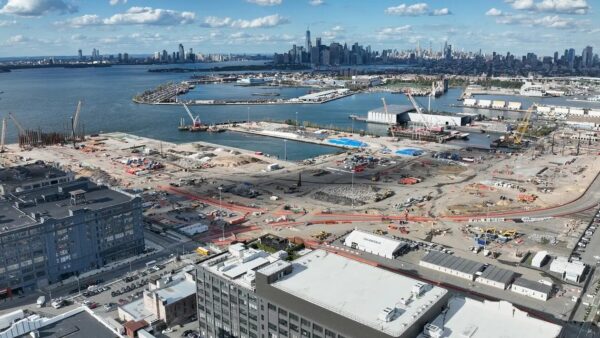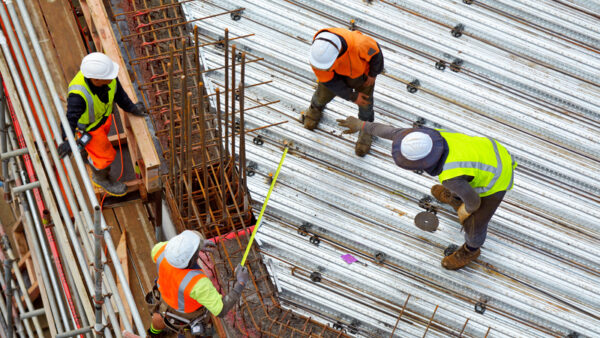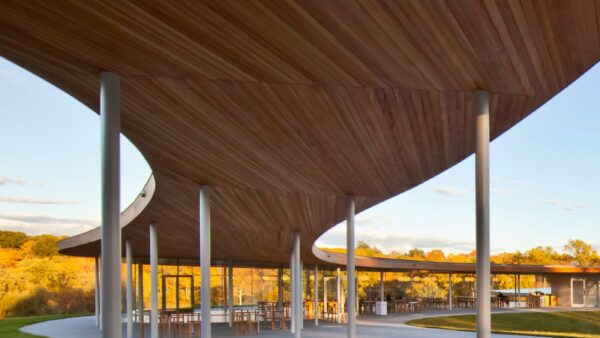By Ruban Selvanayagam in Brazil

One of the biggest challenges in the Brazilian real estate market is finding a way for the average family to get a foot on the property ladder.
The magnitude of the housing shortage is debated – the shortfall is estimated at between three to 15 million units. But a glance at the sprawling favelas is plenty to convince you there’s a big problem. In 2010 the country’s leading academic institutions said 1.8 million new units were needed each year to bring the homes deficit down to 1.5% by 2020.
But count the number of homes that don’t adhere to any international building standards and you could easily double whatever the real shortage is.
On the plus side, there has been real political will to do something.
The Minha Casa, Minha Vida programme (My House, My Life), launched in 2009, was designed to tackle the problem. It sought to stimulate the affordable housing market by lowering interest rates and giving subsidies to homebuyers – earning it fame as a “property developers’ dream”.
But progress hasn’t matched the spin. Even despite recent tax breaks, with their wasteful conventional construction methods and amid rising material and labour costs, developers have realised only minuscule profits under the scheme.

President Dilma Rousseff embarks on her re-election campaign for 2014
Most have switched back to targeting the middle-income demographic, where it’s clear demand is much weaker. This sparked a speculative real estate boom, which hasn’t solved anybody’s problems.
Attention has conveniently shifted to the “Residential Leasing Program” (“PAR”) component, where developers receive the difference between their construction costs and the value of the property, calculated according to type, location and other considerations in the programme’s rubric.
Yet here the natural response has been to cut corners to maximise profits, leading to an increasing number of complaints over poor quality.
Developments have been thrown up on cheaper land unhelpfully far from city centres, and without proper planning or controls, leading to “occupations” by people not registered in the Minha Casa programme.
In some cases these developments have taken on characteristics of the slums they were meant to relieve, and are called “legalised favelas”.
Meanwhile inner city slum reform projects (such as Rio de Janeiro’s “Morar Carioca”), helped often by donated land and other state incentives, invariably get bogged down by architectural, engineering and legal issues.
So, as President Dilma Rousseff embarks on her re-election campaign for 2014, she had better sharpen up her ideas for housing, because it will be a big issue.
Whatever her plan, it will take more than political fervour to surmount the poor business models currently hobbling the sector.
Based in Brazil, Ruban Selvanayagam is a developer and investment adviser at Fez Tá Pronto construction system










